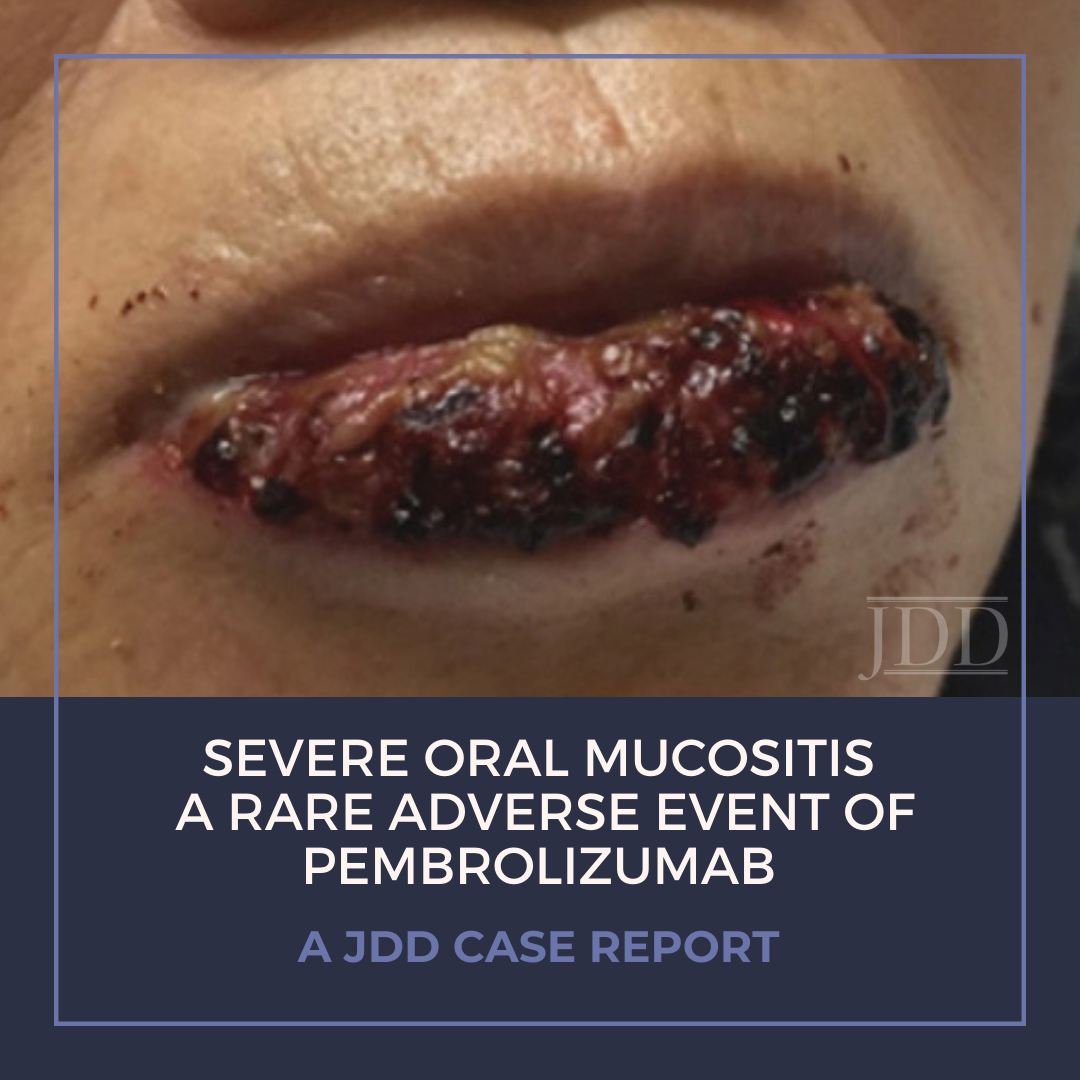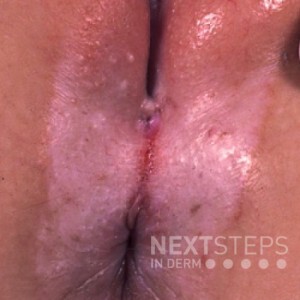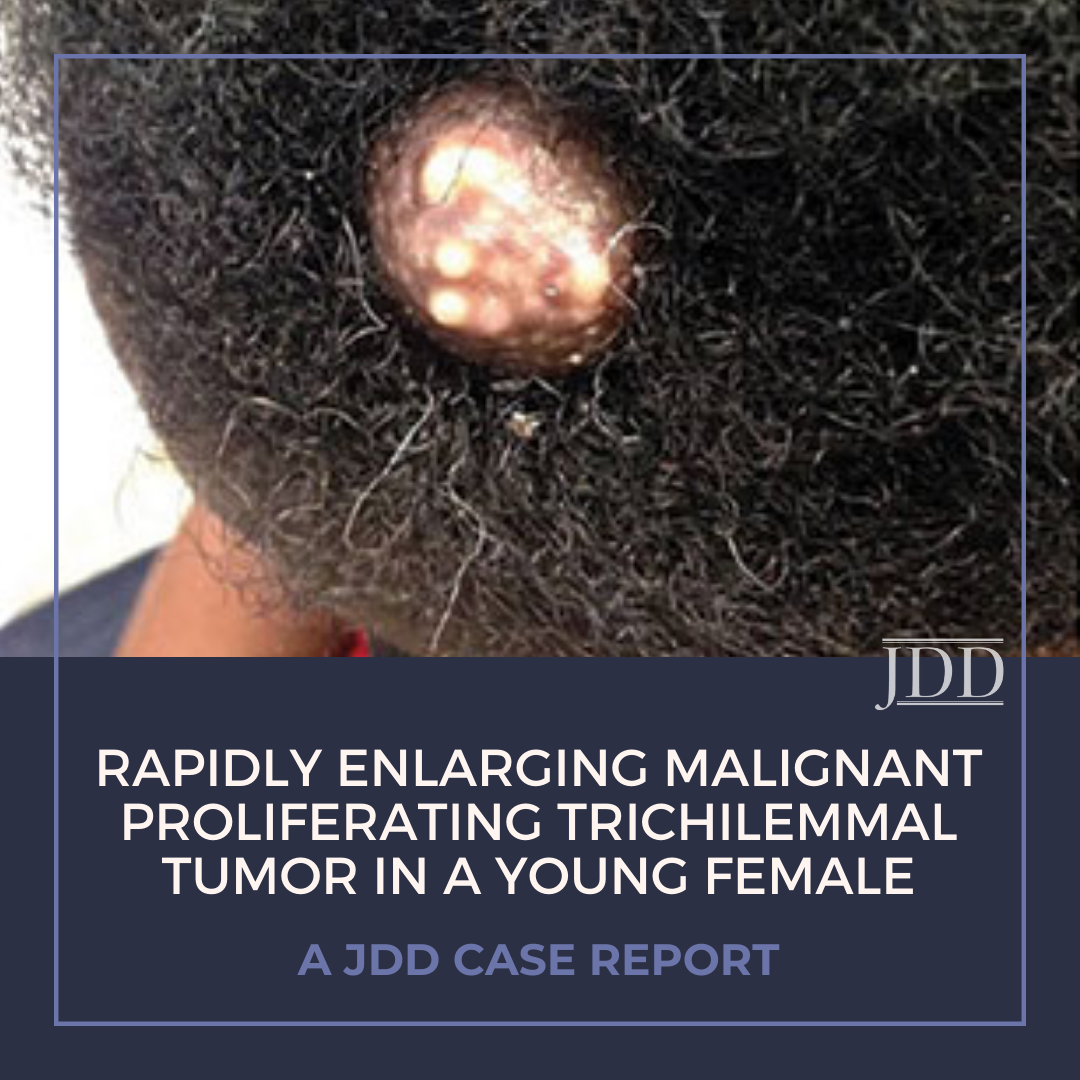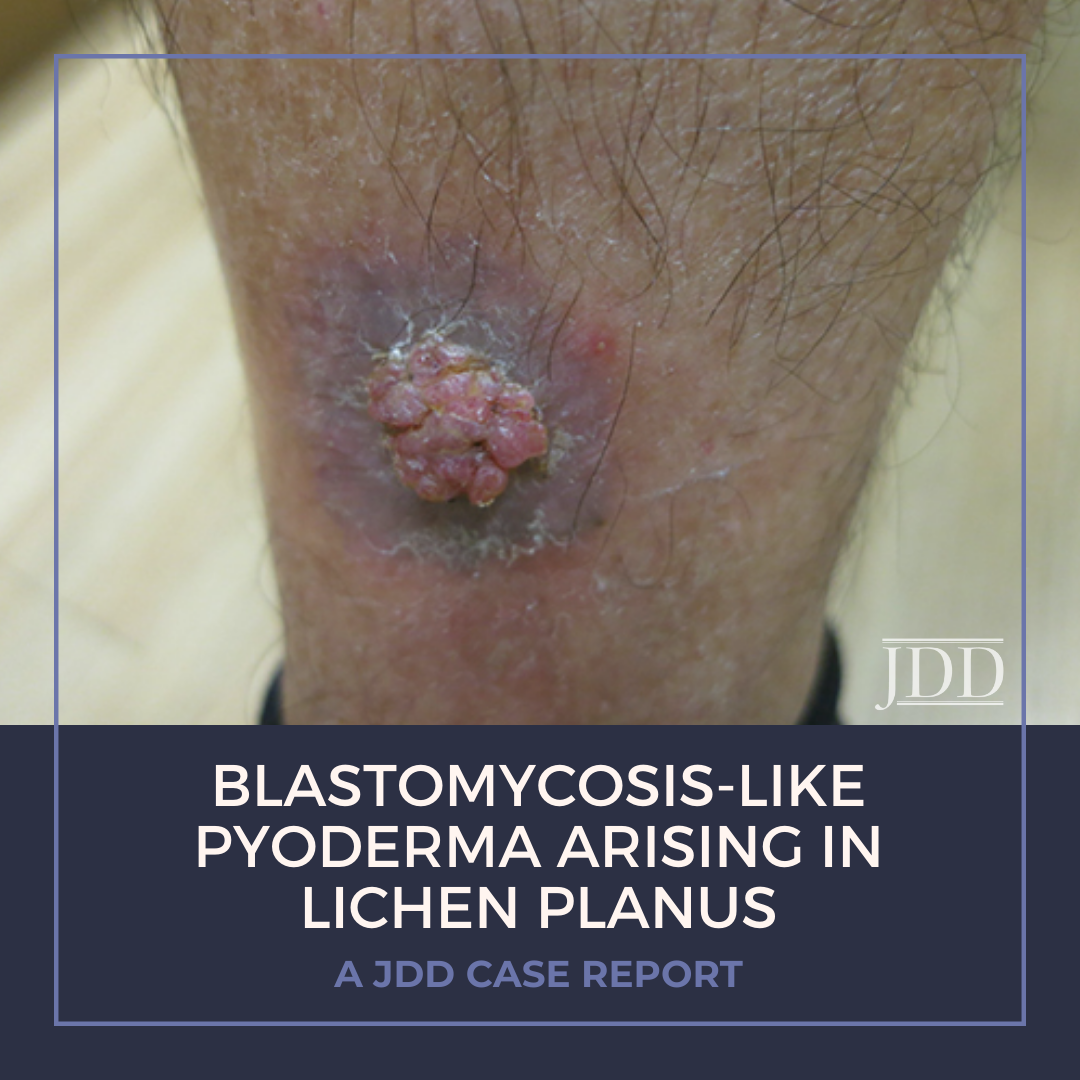Severe Oral Mucositis: A Rare Adverse Event of Pembrolizumab
 Treatment of malignancy with anti-programmed cell death 1 (PD-1) immune checkpoint inhibitors can cause mucocutaneous side effects resulting from T cell activation. Due to their recent development, the full side effect profile remains to be fully elucidated, however dermatologic adverse events are most common. The main oral toxicities of these immune checkpoint inhibitors include: xerostomia, dysg …
Treatment of malignancy with anti-programmed cell death 1 (PD-1) immune checkpoint inhibitors can cause mucocutaneous side effects resulting from T cell activation. Due to their recent development, the full side effect profile remains to be fully elucidated, however dermatologic adverse events are most common. The main oral toxicities of these immune checkpoint inhibitors include: xerostomia, dysg …
 Treatment of malignancy with anti-programmed cell death 1 (PD-1) immune checkpoint inhibitors can cause mucocutaneous side effects resulting from T cell activation. Due to their recent development, the full side effect profile remains to be fully elucidated, however dermatologic adverse events are most common. The main oral toxicities of these immune checkpoint inhibitors include: xerostomia, dysg …
Treatment of malignancy with anti-programmed cell death 1 (PD-1) immune checkpoint inhibitors can cause mucocutaneous side effects resulting from T cell activation. Due to their recent development, the full side effect profile remains to be fully elucidated, however dermatologic adverse events are most common. The main oral toxicities of these immune checkpoint inhibitors include: xerostomia, dysg … Continue reading "Severe Oral Mucositis: A Rare Adverse Event of Pembrolizumab"


 What complication can occur if this disease is left untreated?
A. Development of a squamous cell carcinoma
B. Testicular torsion
C. Erectile dysfunction
D. Impotence
E. Pseudo-ainhum
To find out the correct answer and read the explanation, click here.
Brought to you by our brand partner Derm In-Review. A product of SanovaWorks.
…
What complication can occur if this disease is left untreated?
A. Development of a squamous cell carcinoma
B. Testicular torsion
C. Erectile dysfunction
D. Impotence
E. Pseudo-ainhum
To find out the correct answer and read the explanation, click here.
Brought to you by our brand partner Derm In-Review. A product of SanovaWorks.
…  The February issue of the Journal of Drugs in Dermatology features an outstanding line-up of articles with topics ranging from acne and depression to "Inflammaging. Straight from the JDD Editor’s desk, we share this month’s issue highlights:
Efforts are needed to implement a clinically useful definition of moderate plaque psoriasis in Dermatologists’ Perspectives on Defining Moderate Ps …
The February issue of the Journal of Drugs in Dermatology features an outstanding line-up of articles with topics ranging from acne and depression to "Inflammaging. Straight from the JDD Editor’s desk, we share this month’s issue highlights:
Efforts are needed to implement a clinically useful definition of moderate plaque psoriasis in Dermatologists’ Perspectives on Defining Moderate Ps …  Malignant proliferating trichilemmal tumors are rare adnexal neoplasms that most commonly occur on the scalp in elderly women. These tumors are associated with recurrence and even nodal or distant metastatic spread. Here, JDD authors describe a 38-year-old patient who presented with a scalp nodule that was diagnosed as a high-grade malignant proliferating trichilemmal tumor.
Introduction
Th …
Malignant proliferating trichilemmal tumors are rare adnexal neoplasms that most commonly occur on the scalp in elderly women. These tumors are associated with recurrence and even nodal or distant metastatic spread. Here, JDD authors describe a 38-year-old patient who presented with a scalp nodule that was diagnosed as a high-grade malignant proliferating trichilemmal tumor.
Introduction
Th …  CASE REPORT
A 71-year-old Fitzpatrick phototype IV man with a history of hyperlipidemia and extensive travel to the Middle East presented with a mildly painful vegetative growth on his right lower leg for 1.5 months (Figure 1). In 2014, the patient reported a pruritic “rash” in the same location, which was treated with fluocinonide .05% ointment with resolution.
[caption id="attachment …
CASE REPORT
A 71-year-old Fitzpatrick phototype IV man with a history of hyperlipidemia and extensive travel to the Middle East presented with a mildly painful vegetative growth on his right lower leg for 1.5 months (Figure 1). In 2014, the patient reported a pruritic “rash” in the same location, which was treated with fluocinonide .05% ointment with resolution.
[caption id="attachment …